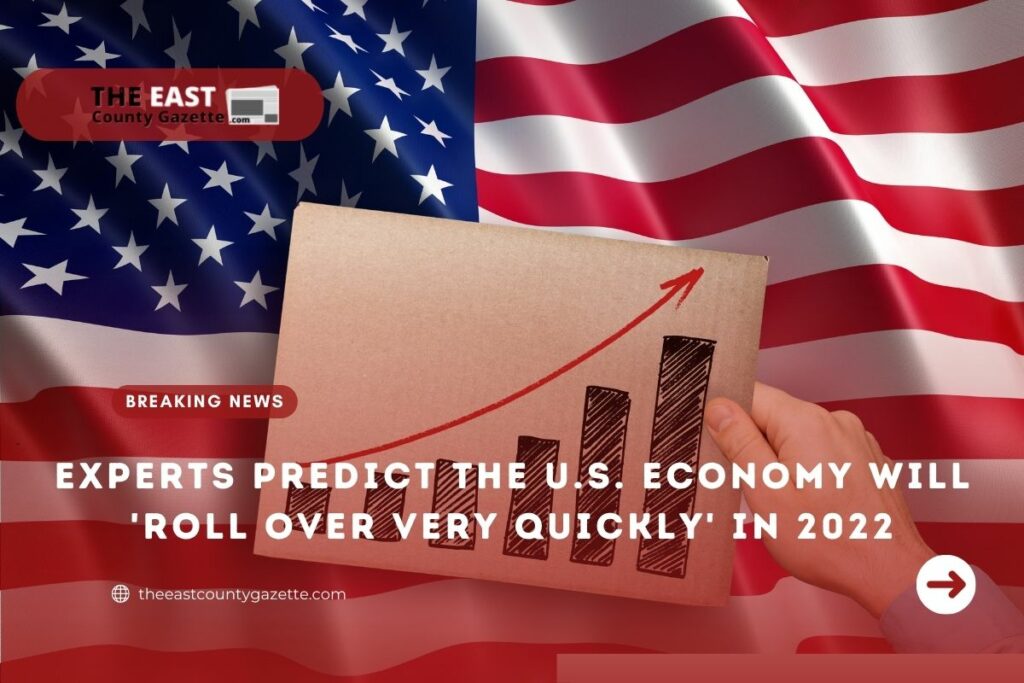In an interview with Yahoo Finance, Mizuho Americas Chief U.S. Economist Steven Ricchiuto discussed the economic outlook in the U.S. as COVID-19, the Build Back Better plan’s failure, inflation, and consumer confidence weigh on the economy.
Some weeks ago, Steven predicted that the Federal Reserve (FED) could not or might not raise interest rates due to the high inflation rates not only for the previous quarter but also for the coming quarters.
According to him, he made these suggestions for a variety of reasons.
“We anticipated the economy to roll over very very quickly and next year. We believe a lot of activity was pulled forward into 2021. We also believe the variant (Omnicron and Delta) issue will be around for a very longer than anticipated. Steven said.
“And we look at the failure of the build back better program to suggest that fiscal policy will be a drag on the economy as well as the fact that rising expectations have already weighed on the economy and (that) rising currency will continue to weigh on the economy”
Some PCE inflation numbers are expected to be 5.7% tomorrow, and 4.5% without food and energy.
Steven, when asked how the fourth quarter was shaping up, given that the United States had experienced an unexpected spike in CoVIDs and other variants, replied:
“The fourth quarter is going to be biased upward by September. November and December developments are really going to buy us down the first quarter.
“But we have every quarter of next year consecutively declining until we get back to around 2, 2, and 1/4 in the fourth quarter of next year. So on a quarterly pattern it being biased upwards by what happened very early in the quarter, whereas the first quarter of next year is going to be biased down by what happened at the end of this quarter. We believe the end of this quarter is going to be a drag.”
Speaking on Job openings and labor turnover survey (JOLTS) for 2022, specifically on people who have already started leaving their jobs in 2021, Steven said he believe
“Some of those job openings are going to disappear (in 2022). We are going to see a narrow spread between opening and hiring. And the labor market is going to show evidence of easing up next year as the growth numbers begin to trail off rather quickly.”

